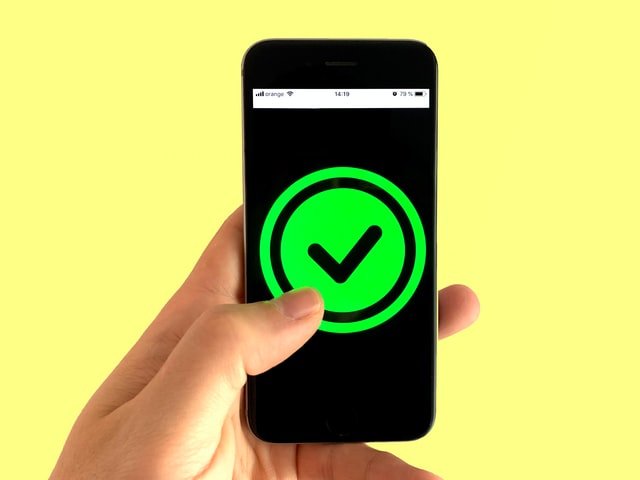The COVID-19 pandemic has forced organizations around the world to rapidly adopt remote work policies. However, as businesses begin to reopen their doors, many are implementing hybrid work models. While this blended approach offers flexibility for employees, it does come with some inherent risks.
Namely, organizations must be mindful of data protection when employees are accessing company resources from both home and work. This article will share 5 tips you can use to protect your data in a hybrid working environment.
What is a Hybrid Work Model?
A hybrid work model incorporates aspects of both the traditional and telecommuting work models. In other words, it combines remote and in-office work.
The hybrid work model allows employees to split their time between working from an office and working from home. This allows employees to have the flexibility of the telecommuting work model combined with the structure and accountability of the traditional work model.
The hybrid working environment improves productivity and flexibility for employees, but it is important to take into account the security risks involved. By implementing a strong remote and hybrid work security policy, you can ensure that your data is safe and secure. For more details, visit: https://nordlayer.com/hybrid-remote-work-security/
5 Tips to Protect Your Data in a Hybrid Work Environment
Below are the five tips to help protect your information when working in a hybrid environment:
1. Keep your Devices Secure
Make sure to keep your devices secure, whether you are working remotely or in the office. Use a strong password and go for two-factor authentication if possible. If you are using a shared device, be sure to log out of all accounts and applications when you are finished.
A password manager helps create strong, unique passwords for each site or application, which helps protect your data from unauthorized access. Many password managers also offer two-factor authentication that adds an extra layer of security to your accounts.
When you enable two-factor authentication, you will be asked to provide a second form of identification, such as a time-based code sent to your phone. This makes it hard for someone to hack into your account, even if they have your password.
Also, make sure your devices are up-to-date. Developers often release security updates to fix vulnerabilities in their software, so it is important to make sure that you install these updates as soon as they are available.
2. Encrypt your Data
Data encryption is a process of converting readable data into an unreadable format, called ciphertext. The ciphertext can only be read if it is converted back into its original form using a specific algorithm and key. This helps to protect data from being accessed by unauthorized individuals. In a hybrid work environment, where employees use both on-premises and cloud-based applications, data encryption can play an essential role in securing sensitive information.
Even if a breach does occur, the encrypted data will be much more difficult to decrypt and use. This can help limit the damage caused by a data breach. Data encryption can also help ensure compliance with regulations. Many industries have regulations that require data to be encrypted. By encrypting your data, you can ensure that it meets these requirements.
Encryption is often used with other security measures, such as firewalls and access control lists. By combining these different security measures, organizations can provide a more comprehensive approach to data protection.
3. Network Segmentation
Network segmentation is an integral part of network security. By isolating specific parts of the network from others, you can reduce the risk of a data breach. And by restricting access to certain segments, you can make it harder for hackers to penetrate your system.
There are numerous ways to segment a network. One common approach is to use virtual local area networks (VLANs), which allow you to create logically separate networks on a single physical infrastructure. By using VLANs, you can restrict access to certain parts of the network based on criteria such as department, role, or location.
4. Use a Secure WiFi Connection
If you are working from home, it is important to use a secure Wi-Fi connection. Hackers can easily access your information if you are using an unsecured connection. Using a VPN is a good way to protect your company data as well as your personal information.
A VPN creates a secure, encrypted connection between your employees and your company’s network. This means that even if someone were to intercept the data being sent, they wouldn’t be able to read it. A VPN also protects your employees’ data when they are working remotely. By connecting to the VPN, they can securely access the company network and its files, regardless of where they are in the world.
5. Real-time Monitoring
Real-time monitoring allows organizations to detect and respond to threats in real-time before data can be compromised. It is an essential component of a comprehensive data security strategy for businesses of all sizes. It can be the best way to ensure that your data is always safe and secure. It continuously watches over your data, 24 hours a day and 7 days a week.
In addition, creating a safe backup for your sensitive data and information is important. In order to protect your business from the dangers of data loss during a ransomware attack, make sure all your sensitive data is backed up onto an encrypted USB flash drive or HDD/SSD.
Also, organizations can use remote wiping software on company-issued devices to wipe out precious business data remotely. This helps when your device data is stolen or lost.
Conclusion
A hybrid work environment is becoming more and more common as workers strive for a better balance between their work and personal lives. While the hybrid work model can be beneficial for both employees and employers, it is important to take precautions to protect data in such a blended environment. By following these five tips, you can help ensure that your data is safe and secure.


